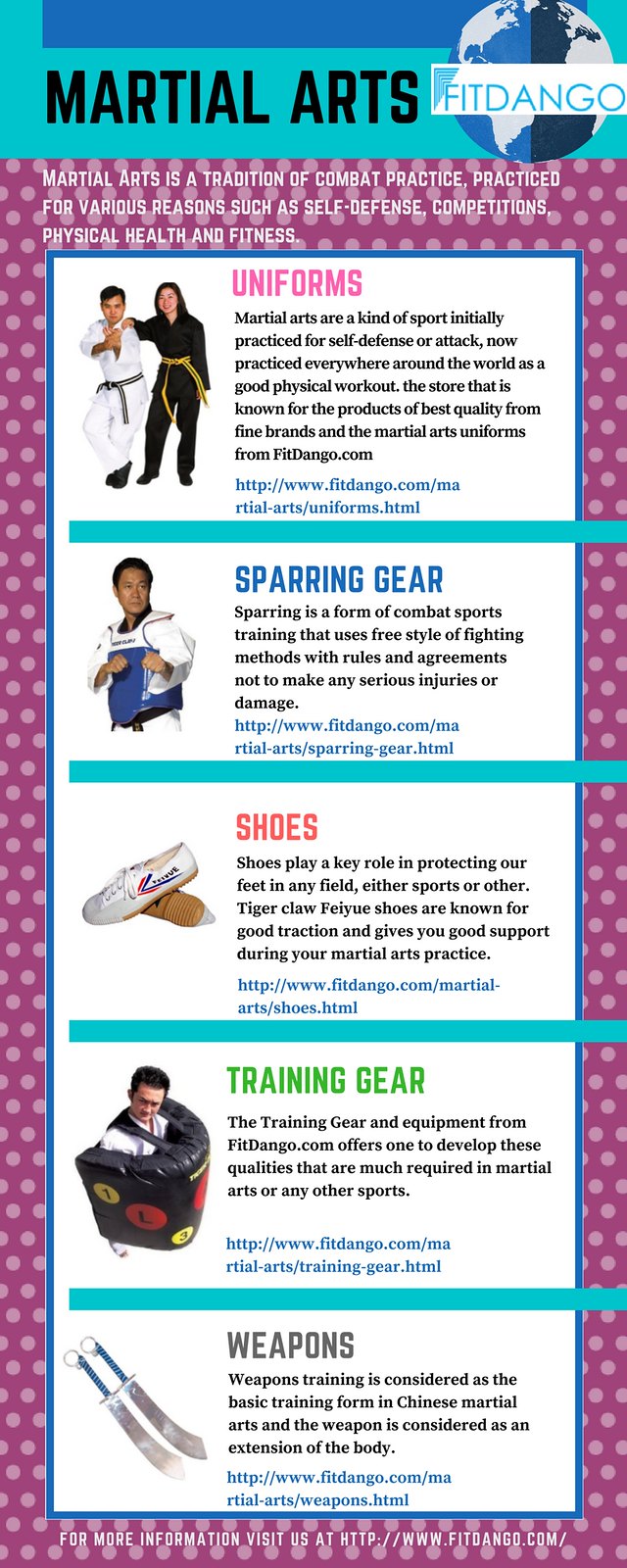The Relevance Of Adaptability In Fighting Style Direction
The Relevance Of Adaptability In Fighting Style Direction
Blog Article
Authored By-Young Roy
Did you recognize that flexibility plays a crucial duty in fighting styles training?
As a matter of fact, a research study performed by the International Journal of Sports Physical Treatment exposed that over 80% of martial artists struggle with limited adaptability.
But why is versatility so important? Well, it not only boosts your performance and technique but additionally decreases the risk of injuries.
So, if you're seeking to take your fighting styles skills to the following level and remain injury-free, you'll absolutely intend to maintain reading.
Advantages of Flexibility in Fighting Style
Adaptability in martial arts brings many benefits to specialists, allowing you to boost your efficiency and decrease the threat of injury. By boosting Link Website , you enhance your range of motion, allowing you to carry out techniques with higher precision and effectiveness.
This improved agility and fluidity in your movements can give you a competitive edge, allowing you to react quicker and adjust to various situations throughout sparring or competitions. In addition, enhanced flexibility aids to avoid injuries by boosting muscle elasticity and joint mobility.
It permits your body to move much more easily, reducing the strain on your muscle mass and tendons. This, subsequently, minimizes the opportunities of strains, stress, and muscle pulls. By integrating adaptability training right into your fighting styles method, you not only boost your performance yet also safeguard your physical well-being.
Strategies to Boost Versatility
To enhance your versatility in martial arts, you can integrate different stretching workouts into your training routine.
One effective technique is dynamic extending, which involves relocating through a complete range of movement to heat up your muscular tissues and raise adaptability. Examples include leg swings, arm circles, and trunk rotations.
Another strategy is static extending, where you hold a stretch for a continual amount of time. This helps extend and relax your muscle mass, improving flexibility with time. Usual static stretches for martial arts include the butterfly stretch, hamstring stretch, and shoulder stretch.
In martial arts to kill , including yoga exercise or Pilates into your training can additionally greatly improve your versatility.
Keep in mind to always warm up before extending and pay attention to your body to prevent injury.
Adaptability Training for All Skill Levels
As you progress in your martial arts training, boosting your adaptability ends up being vital for enhancing your general performance. Adaptability training isn't just helpful for innovative specialists however additionally for beginners and intermediate pupils.
Regardless of your ability degree, integrating flexibility workouts right into your training regimen will help you create a variety of movement, stop injuries, and improve your technique execution.
For newbies, versatility training can assist improve your form and posture, allowing you to perform motions appropriately and successfully. Intermediate specialists can utilize adaptability training to more increase their range of movement and enhance their fluidity in carrying out facility strategies. Advanced trainees can take advantage of adaptability training by preserving and fine-tuning their existing flexibility, enabling them to perform advanced steps effortlessly.
Final thought
Finally, embracing adaptability in your martial arts training is vital. By including techniques to enhance flexibility, you can boost your performance and avoid injuries.
Remember, 'A versatile body is a durable body.' So, keep pushing your restrictions, extending on a regular basis, and reap the benefits of a flexible and agile body.
